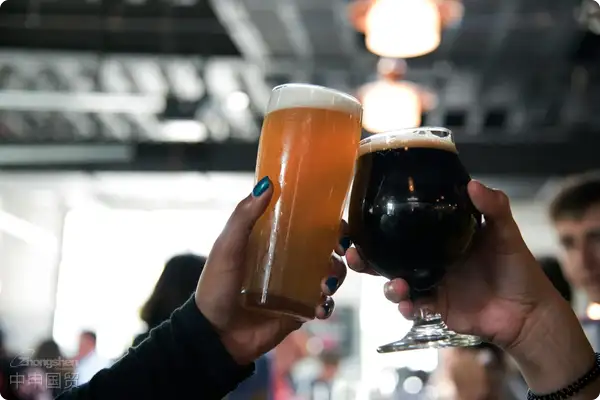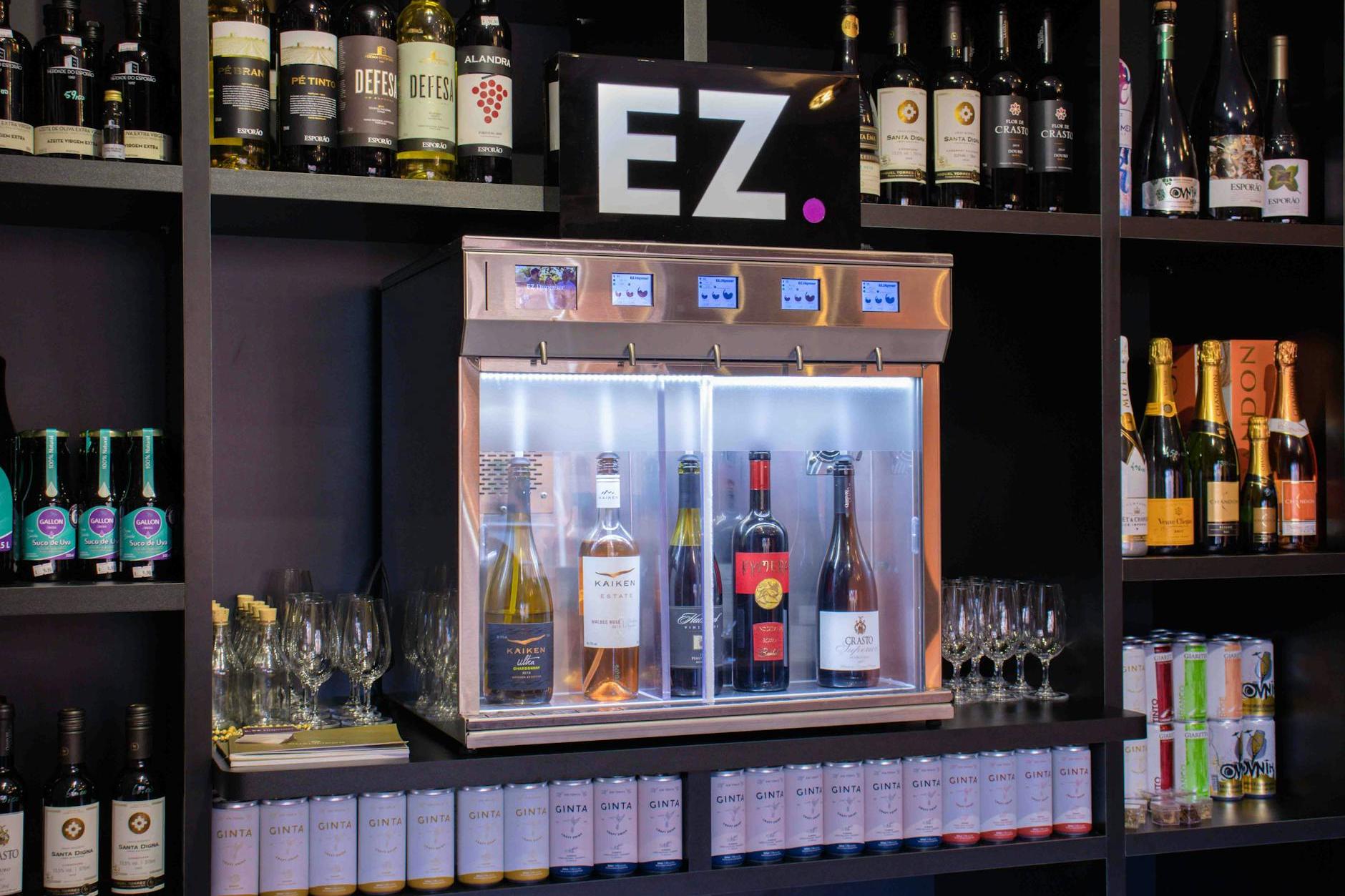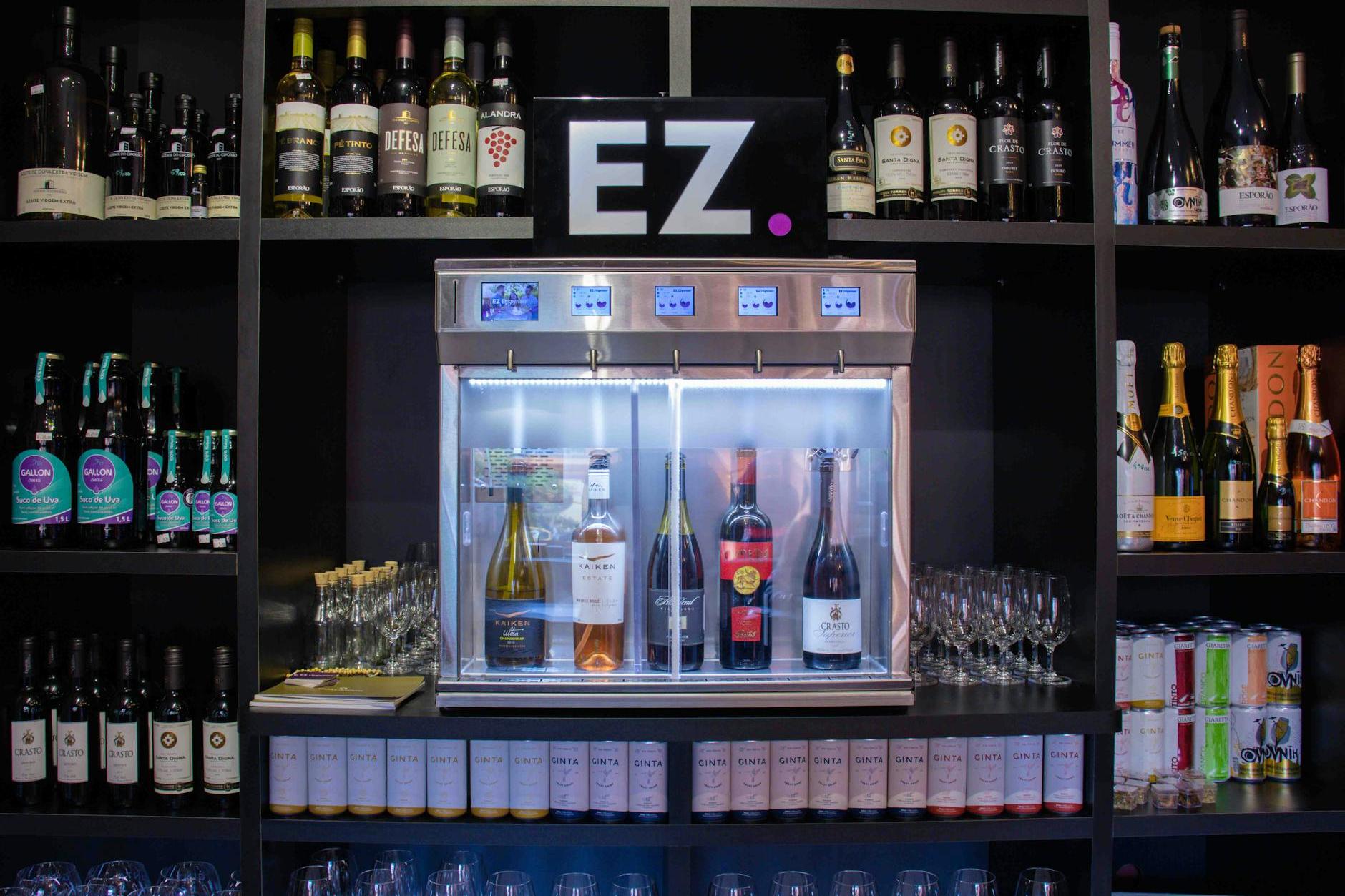- Shanghai Zhongshen International Trade Co., Ltd. - Two decades of trade agency expertise.
- Service Hotline: 139 1787 2118

First, understand this "Beer Import Map."
Last week, a client approached me with a German beer price list and immediately asked, "Can you cut the shipping cost by another 10%?" I shook my head as I looked at the product specifications—an ale with 13% ABV, which, according to our current classification standards, doesn't even fall under the "beer" category. This story teaches us:During the product selection phase, it is essential to thoroughly understand the customs classification rules..
- Tax rate watershed:
- The tariff for beer with a malt concentration ≤10.5°P is 14%.
- The tariff for non-alcoholic beer with an alcohol concentration ≤0.5% vol is 5%.
- Special restrictions:
- Belgian Abbey Beer requires certification of origin.
- American craft beer, attention to B mark registration.
The "Triple Verification Method" for agent screening
Last year, a newly establishedforeign tradeThe company, which claims to be the "expert in direct procurement of German beer," turned out to have customers receiving customs documents showing the goods were actually transshipped from Poland. This is a classic case of...The Transparency Trap in Supply ChainsHere is the screening methodology I've summarized:
| Authentication dimension | Mandatory documents to be checked | Verification key points |
|---|---|---|
| Enterprise Qualification | Customs AEO certification | Check whether the customs record number matches the declaration. |
| Supply chain capability | Authorization Letter for Overseas Winery | Pay attention to the integrity of the authorization chain (primary agent → secondary agent). |
| Clearance achievements | Customs declaration records for the past 12 months | Focus on reviewing the customs clearance efficiency of similar products. |
Those "Logistics Pitfalls" We've Stepped Into Over the Years
In 2018, when acting as the agent for Czech beer, our partner insisted on transiting through the Port of Hamburg, only to encounter a port strike, leaving 2,000 cases of beer adrift at sea for 58 days. This painful lesson taught me:The logistics plan must include both Plan A and Plan B..
- Comparison of Transportation Methods:
- Large - quantity importsMaritime Transportation: Low cost but requires a minimum shipment of 25 tons.
- Cold chainAir Transportation: 48-hour port arrival but the freight cost is 8 times that of sea shipping
- Essential Insurance Clauses:
- Temperature fluctuations causing deterioration of the wine body require separate insurance coverage.
- The deductible for fragile goods must be kept within 3% of the cargo value.
The "Three Firewalls" for Fund Security
Last year, a certain importer paid a 30% deposit, only to discover that the agency company had suddenly deregistered. We urgently initiatedTrade remedy procedures, the final compensation was completed through Sinosure. This case reveals the fund protection mechanism:
- Payment Method Selection:
- It is recommended to use LC (Letter of Credit) for the first order.L/CTrade dispute settlement mechanisms
- After trust is established, DP (Documents against Payment) can be adopted.
- Risk hedging instruments:
- Exchange Rate Lock: Lock in the 6-month forward exchange rate at the time of signing.
- Price Adjustment Clause: Agreement on Compensation Mechanism for Commodity Price Fluctuations
Practical Q&A: Confusions from Real Clients
Q: How can small craft breweries avoid having their profits "eaten up" by large distributors?
A: It is recommended to adopt the "LCL (Less than Container Load) + bonded warehousing" model, sharing containers with customers on the same route and utilizing bonded warehouses to alleviate inventory pressure.
Q: How to handle near-expiry imported beer?
A: Agree in advance in the contract:
- Products with less than 1/3 of shelf life remaining may be refused.
- The proportion of shared storage fees incurred due to port congestion
Finally, a reminder to all importers:The "import and exportThe "Food Safety Management Measures" have added new traceability requirements for alcoholic beverages., make sure the agency company has the capability to assign electronic label codes. Only by finding the right partner can every bottle of beer safely arrive at the port with the foam of profit.
Related Recommendations
© 2025. All Rights Reserved.Shanghai ICP No. 2023007705-2 PSB Record: Shanghai No.31011502009912
PSB Record: Shanghai No.31011502009912










